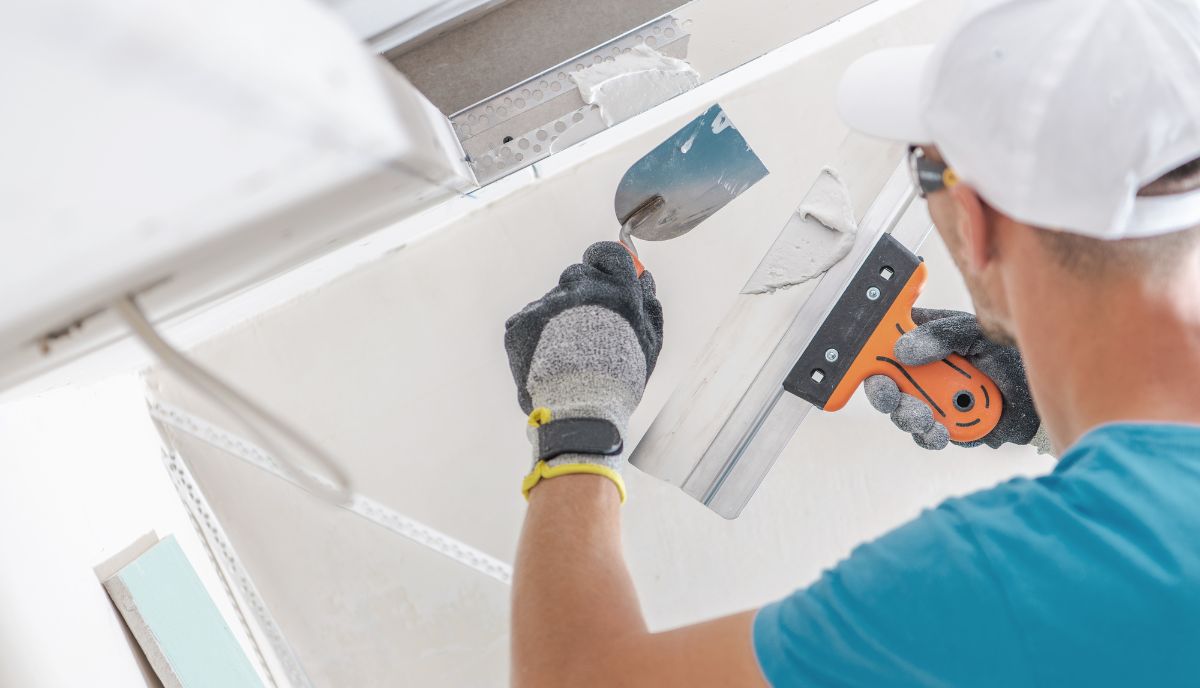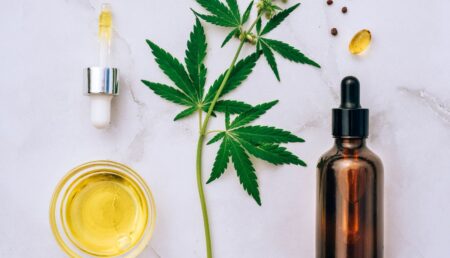
Drywall primer does not adhere to paint, so it will not adhere to painted walls. If you’re trying to fix some rough spots on your drywall that you don’t want to repaint, use spackling paste instead of primer. Spackle will also help with nail holes that haven’t been filled in yet and smooth out any bumps or dents in the surface of your drywall if you need to sand it down before painting over it. you should not use drywall primer on walls that have been painted using other methods. While the instructions on the can will tell you that you can paint over previously-painted walls with this product, it’s best to find an alternative if possible, particularly if the paint you applied was latex-based.
Can drywall primer be used directly?
Unfortunately, there is no clear answer as to whether or not you can apply drywall primer directly to a painted surface. Theoretically, it should work just as well as if you were applying it to an unpainted surface, but in practice the results are mixed. The problem seems to be that the paint will alter the application of the primer, making it difficult for the two surfaces to bond together properly. In some cases this problem is solved by putting a thin layer of oil between them (such as linseed oil), but then again in other cases this could cause additional problems.
Best way to apply drywall primer
Applying this paint is not a very hard task. Follow these steps, You can complete the process easily.
Material Need
Yes, you can paint over latex paint with a drywall primer. You need to apply the primer in two coats, letting it dry in between.
1-100-150 grit sandpaper
2-Paintbrush
3-Primer
Step 1. Take 100-150 grit sandpaper and sand all painted wall surfaces. Remove all dust and peeling paint.
Start by sanding all the walls with a 100-150 grit sandpaper. Remove all dust and paint that has started to peel off. This step should help avoid peeling and make it easier for the primer to stick better.
After you are done, use a damp cloth or a rag and wipe down all surfaces, again removing any dust or residue from sanding that might have been missed.
Step 2. Apply a thin coat of drywall primer to the sanded wall surface.
Start by sanding the surface to remove any loose paint or debris. Use a high-grit sandpaper, (120 grit or higher) and sand in the direction of the grain. – Apply a thin coat of drywall primer to the sanded wall surface. Be sure to not get too close to any textured features like raised trim boards, as this will cause visible ridges in the final result. Allow at least one hour for the first coat of primer to dry before applying another coat.
Step 3. Let the primer dry for at least 12-24 hours.
After the paint has dried, you may notice some minor imperfections. Fix these by sanding down the surface and then applying a coat of water-based primer. If you’re using a latex paint, skip this step. Let the primer dry for at least 12-24 hours before proceeding to painting.
Step 4. Apply a second coat of primer to the wall surface.
Once the first coat has dried, it’s time to apply a second coat of primer. This will help seal your paint job and make sure the surface is as smooth as possible before you paint. You can still cover up any imperfections in the wall with this layer. Make sure to let the second coat of primer dry before moving on to step.
I hope you will complete the project easily to follow these steps
How many coats of drywall primer need?
Drywall primer is a paint-like compound used to cover and seal the surface of a wall, ceiling, or other surface before painting it. It can also be used to fill in holes and cracks in plaster, stucco, or other surfaces. The purpose of using drywall primer is to create a smooth surface which will help prevent any problems with paint adhesion.
Drywall primer needs to be applied at least twice before the final coat of paint because it has such a thick consistency. If you are only priming your walls once before painting them then you should wait at least 24 hours between coats so that the wall can dry thoroughly first. This way there is less chance of getting bubbles or sags in your final coat of paint.
Why is drywall primer running on painted walls?
Drywall primer is a special type of paint that is used before painting your wall. This paint has a different purpose than regular paint, as it’s designed to fill in and cover any imperfections in the surface (for example, nail holes or cracks) before you apply the final coat. If you try to apply regular paint over a surface without first filling these imperfections in with drywall primer, there will be an obvious difference between the two surfaces, which can’t be covered up by simply applying another coat of paint.
Some people believe that it is possible to use drywall primer on painted walls because it fills in these imperfections and provides an even base for the new coats of paint.
Reasons for running paint or primer from walls
1-Unmixed paint or primer
2-Poorly executed priming job
3-Poorly cured primer
4-Too much moisture or too cold
Unmixed paint or primer
Primer is usually applied to a surface before painting, which is why you might wonder if it can be applied over a finished coat of paint. You can’t apply drywall primer to any surface that’s been painted, unless the paint is completely removed first. However, if you have unpainted drywall and are wondering if it’s possible to prime it, then the answer is yes. There are some different types of primers that are made for this purpose and they’re available at hardware stores and home centers in a variety of colors. The best way to apply them will depend on what type of coverage you need for your project.
Poorly executed priming job
Priming a wall is the first step in painting a wall. Drywall primer is available for purchase at many home improvement stores and can be applied with a brush or roller to provide an even coat of paint. If you have already painted the wall, it may not be necessary to prime it again. To find out if this is the case, run your hand over the surface of the wall and then rub your fingers together. If there’s any residue from paint between your fingers, then you need to prime the surface before proceeding with painting.
Priming should always be done before painting because it creates a barrier between two layers of paint which prevents moisture from seeping through when it rains or snows, which will prevent peeling and cracking that occurs as a result of water damage.
Poorly cured primer
Drywall primer is meant to be applied to a clean, bare surface. It will not adhere to paint and will never work if the paint is not removed from the surface first. The best way to deal with this problem is by stripping and scraping off the old paint before priming. There are two methods for removing paint: chemical and mechanical. Chemical removal can be done by using a stripper or an acid-based stripper. Mechanical removal can be done by sanding, scraping or wire brushing. Once the old coat of paint has been removed, you can apply your new coat of drywall primer by following the directions on the container.
Too much moisture or too cold
In the winter, it is common for moisture to get trapped in a wall which can cause mold and mildew to grow. This happens because the temperature of the room is too cold and there is not enough humidity in the air. The moisture will turn into condensation when it meets a colder surface, like your paint. To prevent this from happening, you should try to keep your house at least 40 degrees Fahrenheit or warmer, and make sure that there’s plenty of ventilation in your home to allow for more humidity. In addition, using a sealant paint can help prevent water from being absorbed by the wall and leaking out onto your painted surfaces as well.
Final Thoughts
Yes, you can prime over paint. But it is advisable to wait for the paint to be completely cured before priming. If you are painting over a dark color, it’s best to prime with a white or light gray primer first. That way the dark color won’t show through as much. If you are painting over a light color, it’s best to prime with a dark color first. That way if there’s any bleed-through from the original color showing through, it’ll be less noticeable. Let it dry and then add another layer of primer. When you’re done, give your wall a final coat of paint. Congratulations! You just saved yourself hours of work and hassle.












